Agent Orange (aka Agent O)
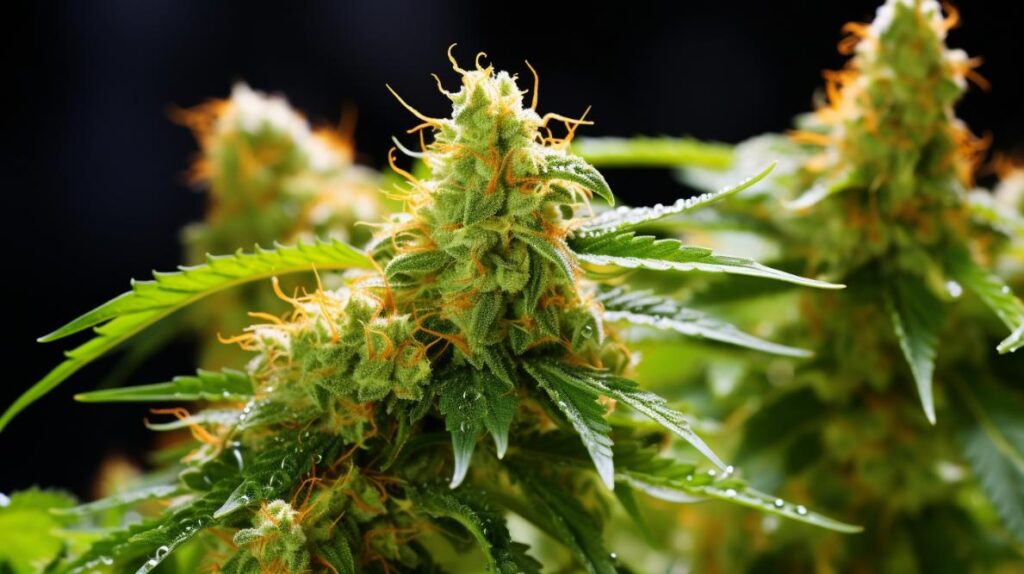
In the diverse world of cannabis strains, the Agent Orange strain has distinguished itself with its unique characteristics and somewhat controversial nomenclature. Bred through a combination of genetics that favor a sativa dominance, this hybrid touts a notable THC content that may reach 25%, offering a robust experience that is both uplifting and potentially therapeutic.
Its distinct citrus aroma and sweet, spicy flavor profile have garnered appreciation among connoisseurs and patients alike. However, the strain’s name, which echoes the moniker of a notorious herbicide used during the Vietnam War, has prompted a dialogue regarding the sensitivity and impact of strain naming conventions within the cannabis industry.
As we explore the nuances of the Agent Orange strain, from its genetic lineage to its potential medical applications, we also encounter an opportunity to consider the broader implications of its designation on both culture and perception within the evolving cannabis market.
Genetic Lineage
The genetic lineage of the Agent Orange strain is a meticulously crafted combination of the sativa-dominant Orange Velvet and the potent Jack the Ripper, resulting in a sativa-leaning hybrid known for its therapeutic effects and distinctive citrus aroma. This lineage is a testament to the breeding prowess of TGA Subcool, a renowned figure in the cannabis community responsible for developing strains with unique characteristics and complex profiles.
The contribution of Orange Velvet is evident in the sweet and spicy orange flavor of Agent Orange, as well as its deep purple appearance. This strain’s pleasant olfactory presence is matched by its ability to deliver an uplifting cerebral high, which has been reported to aid in the management of depression, anxiety, and migraines.
Meanwhile, Jack the Ripper, a strain known for its high THC content, bolsters the potency of Agent Orange. With a THC level averaging around 17%, Agent Orange’s lineage ensures a robust yet harmonious blend, providing users with an experience that is both intense and well-rounded.
THC/CBD Content
Building on its genetic heritage, Agent Orange’s THC content underscores its potency and therapeutic potential, with concentrations typically around 17% and peaking at 25%. This cannabis strain, a sativa-dominant hybrid, presents THC levels that are higher than the average, earmarking it as a robust option for those seeking a pronounced psychoactive experience. The potency of Agent Orange is not just a measure of its ability to elicit strong cerebral effects but also points to its capability to offer relief for a variety of conditions, including depression, anxiety, and migraines.
The balance between THC and CBD in this strain is a critical factor in determining its overall impact. While specific figures for its CBD content are not typically highlighted, it is the interplay between the two cannabinoids that may enhance the therapeutic outcomes. The substantial THC levels suggest that while the strain may have less pronounced non-psychoactive benefits typically associated with CBD, it still holds a significant place in the therapeutic landscape.
For consumers and medical patients alike, the high THC concentration in Agent Orange necessitates a mindful approach to dosing, particularly for those with lower tolerance or those who are new to cannabis consumption.
Terpene Profile
Delving into the aromatic essence of the Agent Orange strain, its terpene profile—comprising primarily of myrcene, humulene, and beta-caryophyllene—plays a pivotal role in both its distinctive scent and its therapeutic applications. The combination of these terpenes is not only responsible for the strain’s fresh-cut citrus aroma but also contributes to its uplifting effects that many users report.
-
Terpene Profile and Effects
-
Myrcene
-
Sedative, relaxing qualities
-
Enhances the strain’s calming nature
-
Humulene
-
Anti-inflammatory properties
-
May aid in pain relief
-
Beta-caryophyllene
-
Potential anti-anxiety and anti-depressant effects
-
Supports mood enhancement
The prevalence of myrcene in Agent Orange’s terpene profile is notable for its potential sedative and relaxing effects, which align with the relaxing qualities attributed to the strain. Humulene’s contribution is associated with anti-inflammatory properties, potentially offering pain-relieving benefits. Furthermore, beta-caryophyllene is recognized for its potential to alleviate anxiety and depression, which may synergize with the strain’s reported mood-lifting properties.
Understanding the terpene profile of Agent Orange can provide insights into its potential therapeutic uses and help users make informed choices based on their preferences and wellness goals. This knowledge is crucial for those seeking specific effects from their cannabis experience.
Effects
Exploring the effects of the Agent Orange strain reveals a dynamic spectrum of outcomes, ranging from an energizing and uplifting high to more subdued experiences of relaxation and talkativeness, ideally suited for daytime activities and social engagements. This hybrid variety, with its higher THC potency, strikes a well-balanced experience that is both calming and invigorating, making it a versatile choice for those seeking to manage stress, anxiety, or depression.
The effects of Agent Orange are not limited to positive experiences. While many users report a mood-enhancing high, some may encounter adverse effects such as feelings of paranoia or mild anxiety. These negative outcomes are not universally experienced but are important to consider, especially for individuals with a lower tolerance for THC.
Common effects include a dry mouth and dry eyes, both typical in cannabis use, and may be easily mitigated with hydration and eye drops. Increased appetite is another effect that users might find beneficial or inconvenient, depending on their circumstances. The strain’s aromatic profile, with its fresh-cut citrus scent and sweet and spicy orange flavor, contributes to its overall appeal, rounding out the multifaceted experience of the Agent Orange strain.
Medical Uses
How does the Agent Orange strain serve the medical cannabis community, given its unique combination of therapeutic properties? This particular strain is increasingly recognized within the medical marijuana sector for its potential to alleviate a variety of symptoms. Its efficacy is particularly noted in the treatment of psychological conditions and physical discomforts.
Psychological Benefits:
- Stress Relief: The uplifting effects of Agent Orange can be instrumental in reducing stress levels.
- Anxiety and Depression: Patients may find that its calming properties help to mitigate the symptoms of anxiety and depression.
Physical Health Advantages:
- Pain Management: The strain’s higher THC content offers relief from minor aches and pains, beneficial for arthritis and muscular pain.
- Anti-inflammatory Properties: Compounds like myrcene and beta-caryophyllene contribute to its ability to fight inflammation, which is advantageous for chronic inflammatory conditions.
Agent Orange is recommended for use during the daytime or morning to capitalize on its mood-enhancing and energizing effects without contributing to insomnia. It is crucial for patients, especially those new to medical marijuana, to start with low doses to circumvent the mild body-numbing effect and other potential side effects such as anxiety and paranoia.
Flavor and Aroma
The Agent Orange strain is renowned for its distinctive citrusy aroma, which is often compared to the scent of freshly peeled oranges, enhancing the sensory experience for consumers. This particular orange strain captivates users with its vibrant and refreshing scent, an inviting prelude to its equally appealing flavor profile. When consumed, the flavor of Agent Orange is a harmonious blend of sweet and spicy notes, reminiscent of a zesty orange with a surprising twist. The presence of a subtle cheese undertone, as reported by some users, adds complexity to the strain’s overall taste.
Analyzing the flavor and aroma further, these characteristics can be attributed to a rich terpene profile. Myrcene, known for its herbal qualities, terpinolene with its fruity facets, and caryophyllene offering a spicy, peppery punch, collectively define the strain’s olfactory signature. The resulting experience is one that is often sought after for its refreshing qualities, making the Agent Orange strain a popular choice among cannabis aficionados.
However, it’s worth noting that some individuals may experience dry mouth as a side effect of consumption, a common occurrence with various cannabis strains. This minor discomfort does not detract from the strain’s well-regarded flavor and aroma, which continue to be celebrated by its enthusiasts.
Appearance
Often striking to the observer, Agent Orange buds present a dramatic contrast with their deep purple hues complemented by vivid orange pistils and a generous dusting of trichomes. The aesthetic allure of these buds is undeniable, capturing the eye with their unique color palette and suggesting a high-quality cultivation process. The appearance of Agent Orange is a testament to its heritage, a blend often attributed to the cross of Orange Skunk with Jacks. This genetic combination not only imparts the strain with its notable citrus aroma but also influences its visual characteristics.
-
Visual Characteristics:
-
Medium to large size buds
-
Spade-like shape with a slightly tapered silhouette
-
Deep purple background with vibrant orange hairs
-
Dense, frosty layer of trichomes
-
Cultivation Insights:
-
Performs well and grows tall outdoors
-
The flowering time is essential for color and trichome development
This strain’s distinct appearance is not just for show; it hints at the flavor and aromatic profile that awaits the consumer. The interplay of color and scent is reflective of the Agent Orange strain’s commitment to both visual and sensory appeal, offering a holistic experience that starts with its striking first impression.
Grow Information
Reflecting on the distinctive visual characteristics of the Agent Orange strain, it becomes essential to examine the specific cultivation requirements and techniques that contribute to its unique aesthetic and potency.
This sativa-dominant hybrid is typically grown indoors, where controllable conditions allow growers to optimize its development. Indoor cultivation enables strategic training into a bushy shape, which is conducive for space management and light exposure, thus enhancing the yield of the Orange strain.
A consistent warm temperature is key for the strain’s growth, mimicking its natural preference for a temperate climate. This warmth contributes to the strain’s robust terpene profile, which is responsible for its signature citrus aroma and spicy taste. With a flowering period ranging between 55 and 65 days, Agent Orange reaches full maturity in the latter two weeks of this stage, signaling readiness for harvest.
It is important for cultivators to note that despite being able to grow up to 10 feet outdoors, the controlled environment indoors often results in a more manageable height. The higher-than-average THC level of 25% necessitates caution in the growing process to maintain the strain’s revered potency and mood-enhancing qualities.
Adverse Effects
While the Agent Orange strain is celebrated for its energizing effects, it is not without potential adverse reactions that warrant consideration by users and cultivators alike.
The negative side effects associated with the Agent Orange strain are similar to those found with other strains of cannabis. However, due to the specific cannabinoid and terpene profile of the Agent Orange strain, the intensity and frequency of these effects can vary.
Notably, users should be aware of:
-
Common Cannabis-Related Adverse Effects
-
Dry mouth, also known as cottonmouth, which can be alleviated with increased hydration.
-
Paranoia or increased anxiety, particularly for new users or those predisposed to these conditions.
-
Agent Orange Specific Concerns
-
Dry eyes, a frequent complaint that may require the use of moisturizing eye drops.
-
Overstimulation, given the strain’s potent energizing qualities, which might lead to difficulty in sleeping or restlessness.
An analytical review of consumer feedback and scientific literature suggests that while these negative side effects are generally mild and manageable, they should not be overlooked. Cultivators of the Orange strain should also consider these adverse effects when marketing and distributing their product, ensuring that users are well-informed and prepared for their experience.
Comparisons with Similar Strains
Understanding the adverse effects of the Agent Orange strain is crucial for users; similarly, it is important to consider how this strain compares to others with parallel characteristics and benefits. Agent Orange is a notable member of the sativa strains category, cherished for its unique blend of effects and citrusy profile. Exploring comparisons with similar strains can help connoisseurs and new users alike to find alternatives that meet their preferences for flavor, potency, and experience.
To paint a clearer picture of how the Agent Orange strain stands alongside its counterparts, consider the following table:
| Strain Name | Effects | Notable Qualities |
|---|---|---|
| Green Crack | Energetic, Uplifting | Suitable for daytime use |
| Super Lemon Haze | Uplifting, Mood-Enhancing | Lemony scent |
| Jack Herer | Cerebral Elevation, Mild Body Relaxation | Well-balanced hybrid profile |
| Durban Poison | Potent Cerebral Effects, Uplifting Buzz | High THC potency |
Informed comparisons suggest that while each of these strains offers a unique experience, they all share a common thread of providing users with an energetic and uplifting effect. Such analytical insights allow for an unbiased evaluation of the Orange strain alongside its contemporaries, guiding users to informed decisions based on their specific needs and desires.
Research and Studies
Scientific investigations into the Agent Orange strain have uncovered its therapeutic potential, particularly in alleviating symptoms of stress, anxiety, and depressive disorders. These studies, often focusing on the strain’s unique composition, highlight the role of various terpenes and cannabinoids that contribute to its medicinal benefits.
Therapeutic Compounds and Effects:
- Terpenes such as myrcene, humulene, and beta-caryophyllene play a significant role in the Orange strain’s anti-inflammatory and analgesic properties.
- The cannabinoids THC and CBD are present in Agent Orange, with THC levels around 17%, contributing to its mood-elevating and euphoric effects.
Research has not only scrutinized the therapeutic aspects but also delved into the genetic makeup and the sensory profile of the Agent Orange strain, developed by MzJill Genetics.
Genetic Background and Sensory Appeal:
- MzJill and TGA Subcool’s breeding efforts in California led to the creation of this sativa-dominant hybrid, with a lineage that explains its name and characteristics.
- The aroma and flavor profile, consisting of a bright citrusy aroma and taste, is attributed to terpenes like myrcene, terpinolene, and caryophyllene, enhancing its sensory appeal and potential therapeutic properties.
The informed, analytical research into the Agent Orange strain supports its use in managing various physical and psychological conditions, offering insights into its potential for broader therapeutic applications.
History and Origin
The Agent Orange strain emerged from the collaborative breeding efforts of MzJill and TGA Subcool in California, intertwining a poignant family legacy with innovative cannabis cultivation.
Bred by MzJill, this sativa-dominant hybrid is a heartfelt tribute to her father, a Green Beret who suffered the effects of the herbicidal warfare agent known as Agent Orange during his service in Vietnam. This personal connection infuses the strain with more than just a name; it embodies a story of honor and the enduring impact of history on present-day endeavors.
Agent Orange is a genetic blend of Orange Velvet and Jack The Ripper. The former contributes a creamy orange aroma and a gentle euphoric effect, while the latter, a Haze hybrid, is renowned for potent, resinous flowers. This combination has yielded a strain with a distinctive flavor profile and dynamic effects that have resonated with both recreational consumers and medical patients alike.
The strain’s reputation continues to grow, as evidenced by its accolade at the IC 420 Growers Cup where it placed third in the Sativa category. This recognition is a testament to its well-regarded position within the cannabis community.
Agent Orange stands as a unique strain that melds a rich backstory with exceptional cultivation achievements.
Frequently Asked Questions
Is Agent Orange a Sativa or Indica?
The classification of a particular strain as sativa or indica is often determined by its strain genetics, cultivation techniques, and terpene profile. In this case, the strain in question is a sativa-dominant hybrid.
Is Orange a Sativa or Indica Strain?
Orange strains, characterized by their citrus genetics, are typically sativa-dominant due to selective breeding and specialized growing techniques, offering therapeutic benefits in medical applications such as mood elevation and anxiety relief.
How Strong Is Agent Orange?
The strength of a cannabis strain can vary based on its terpene profile, cultivation techniques, and usage effects. Careful breeding and growing conditions can enhance potency and influence the overall impact on the user.
What Is the Hemp Flower in Agent Orange?
The hemp flower in question likely features specific cultivation techniques to enhance its terpene profile, optimizing it for potential medicinal applications such as symptom management for various conditions.

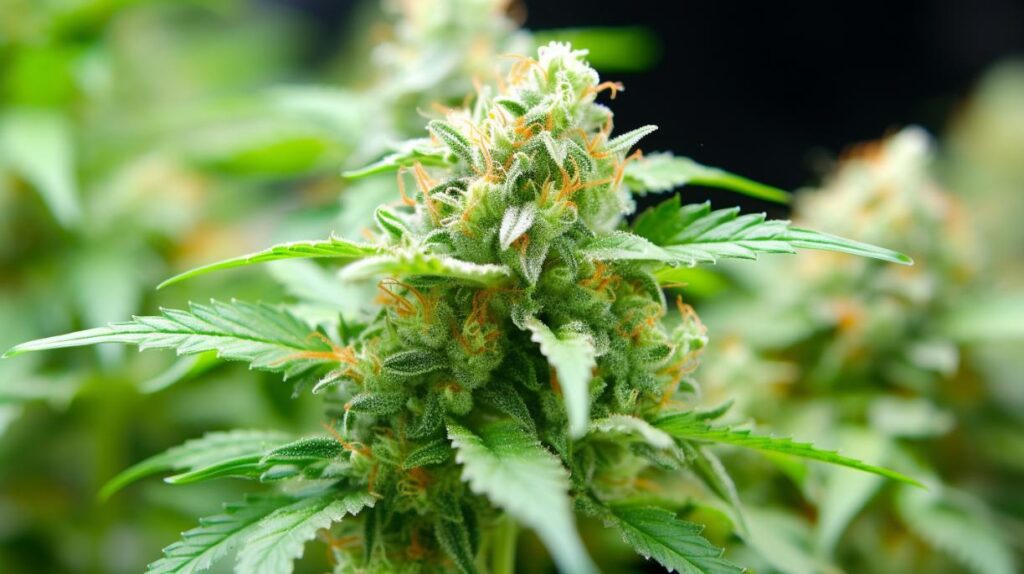
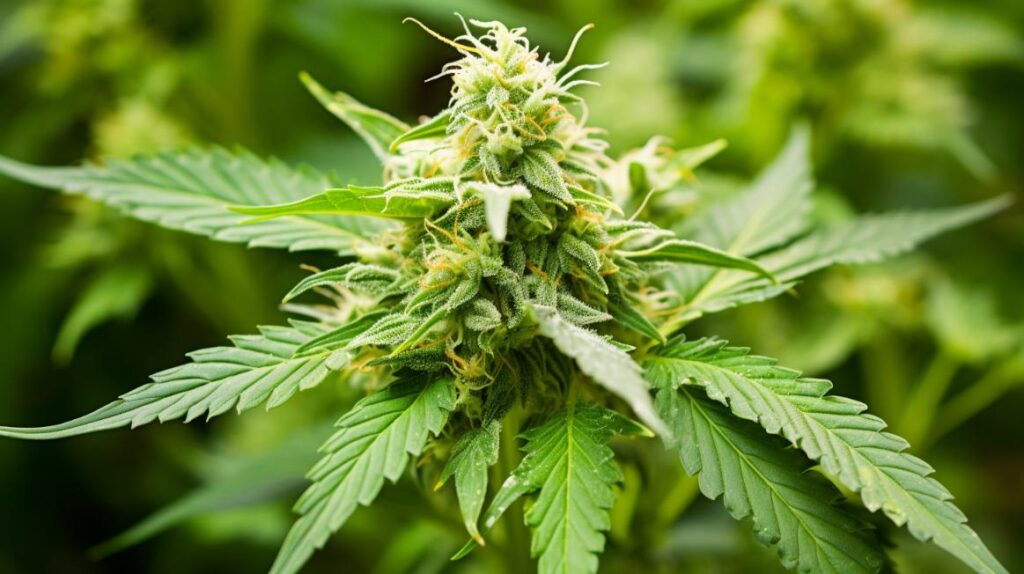
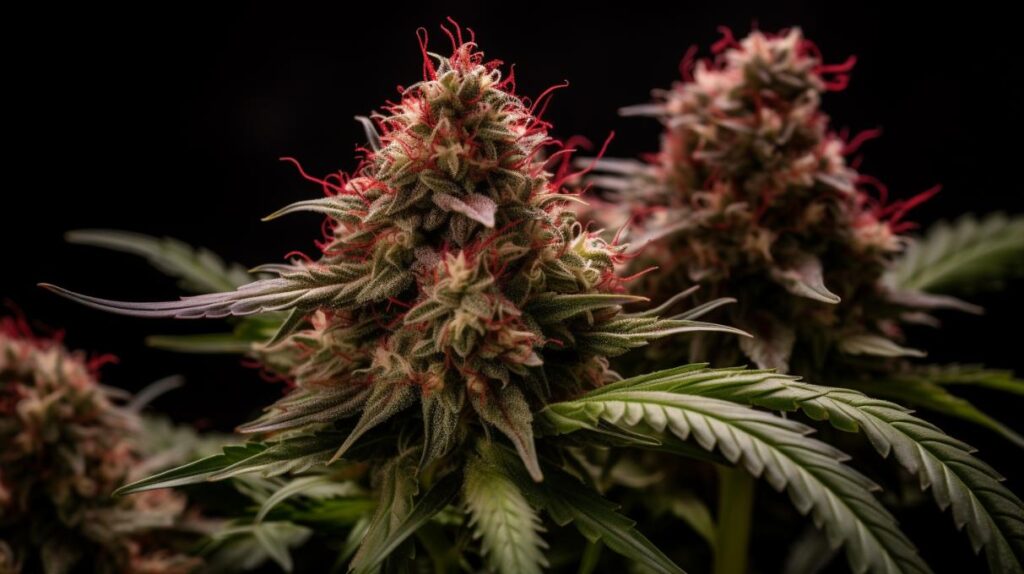
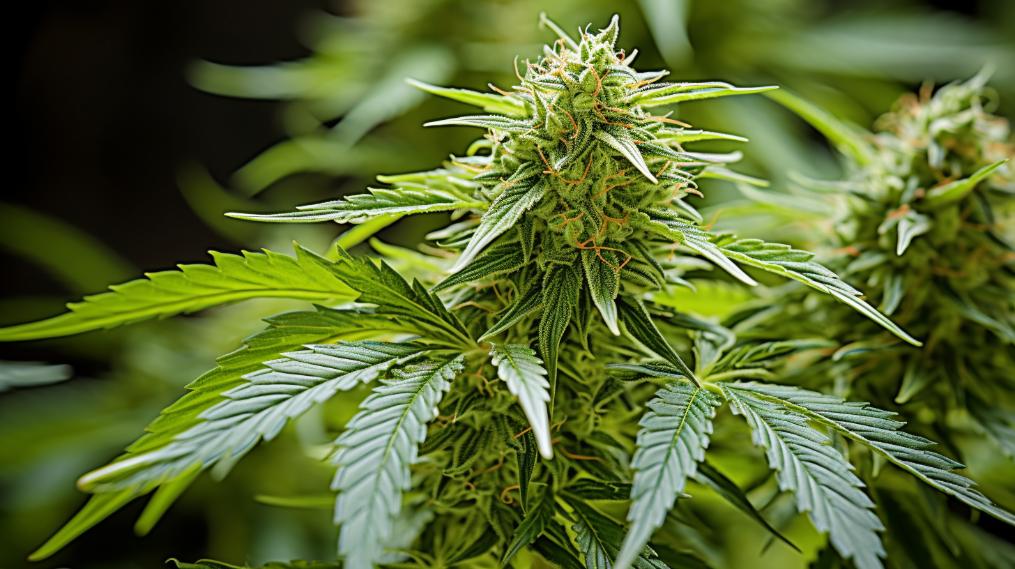
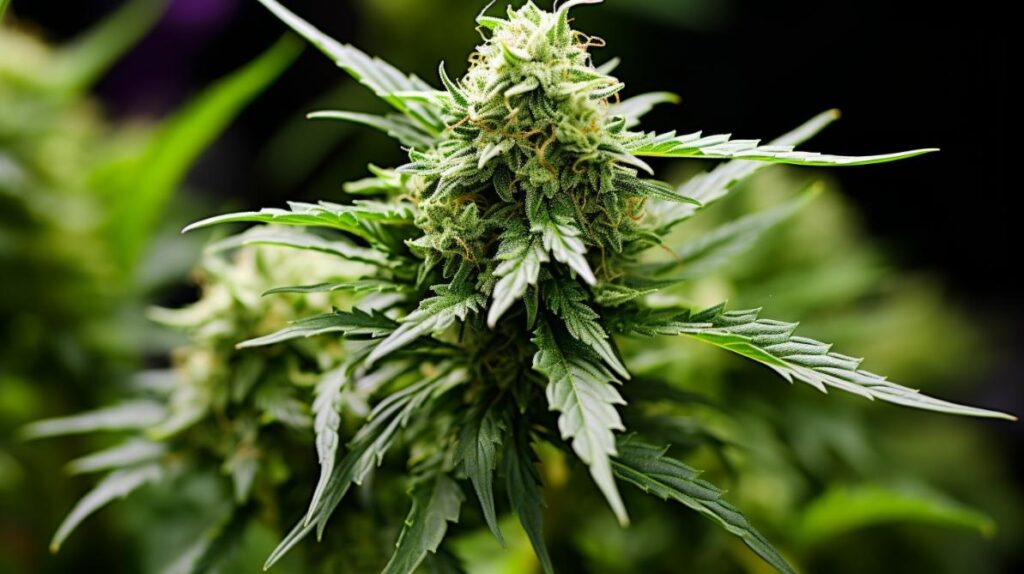

Responses